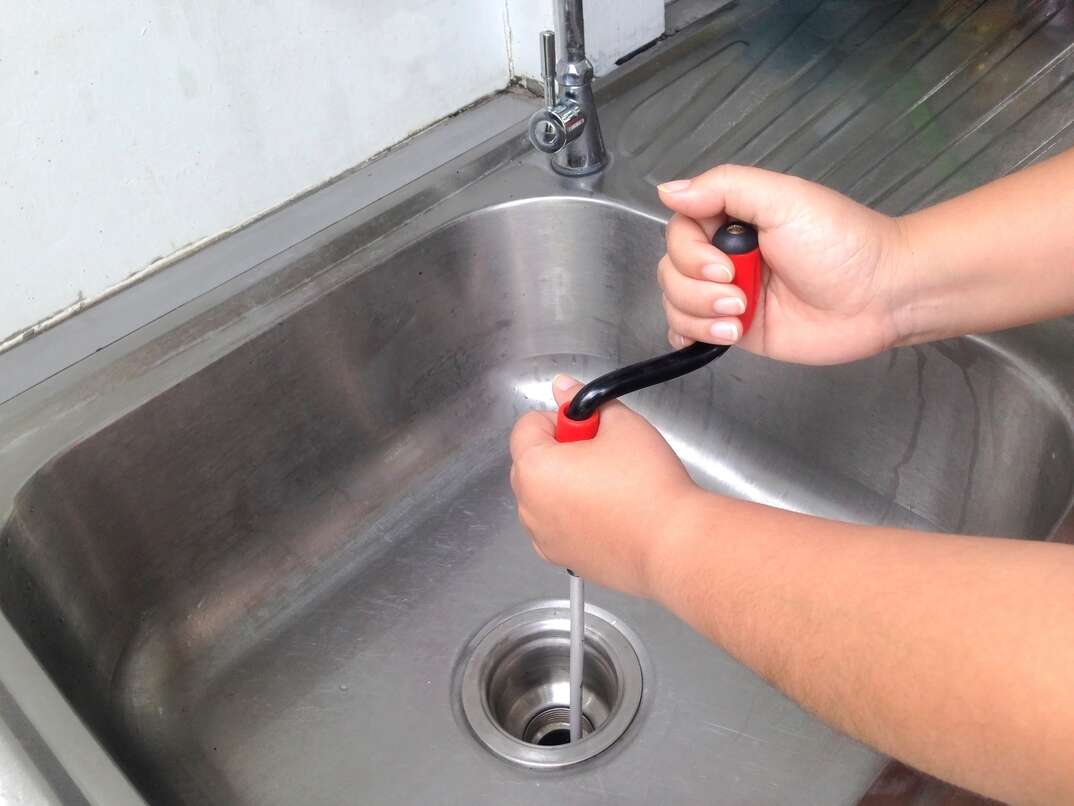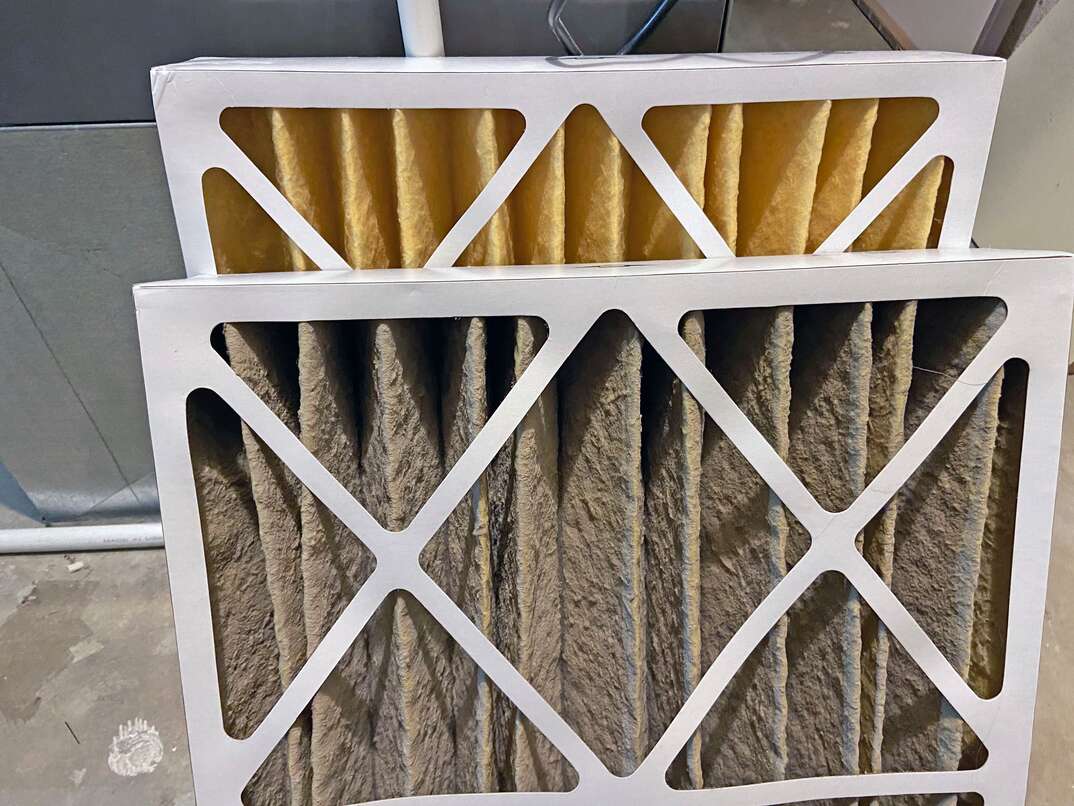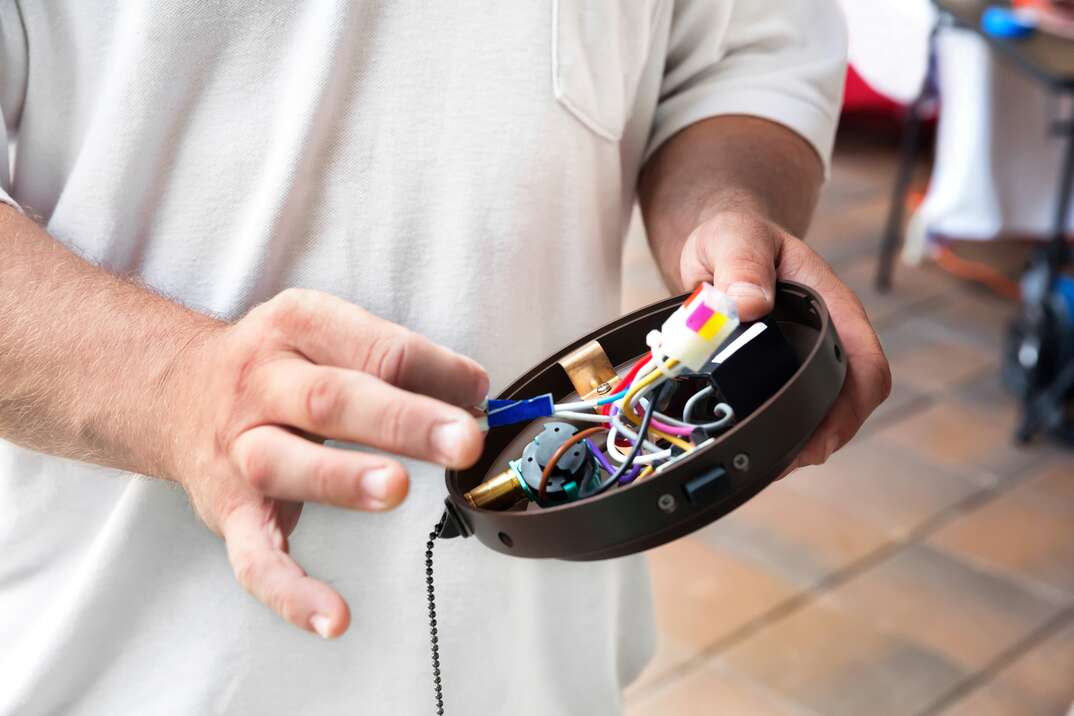How to Clean An AC Drain Line
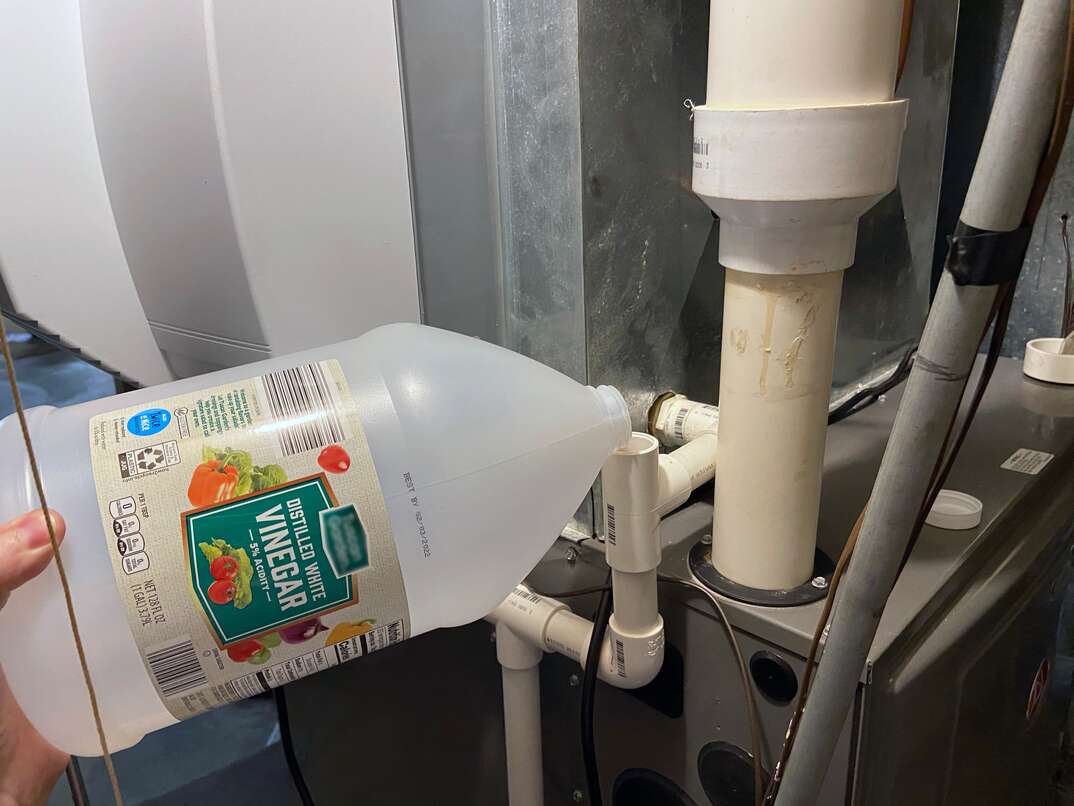
Our heating, ventilation and air conditioning systems keep us comfortable inside our homes year-round. For those who live in more temperate areas with extended spring and summer weather, our AC is the workhorse that cools our house when outdoor temperatures get uncomfortably hot. Regular cleaning of the AC drain line ensures your HVAC system runs efficiently and saves you money on repair bills.
This May Also Interest You: How to Clean an Air Conditioner
Read on to learn how to keep your AC drain line clean — so your AC keeps keeping you cool.
HVAC Drain Lines at a Glance
All AC systems work by removing humidity from the air inside our homes. Through the processes of evaporation and condensation within the AC unit, the air in the house becomes cooler and dryer. You can simply look at your AC system as a refrigeration and humidity-collection system.
All that humidity and condensation must go somewhere. The condensation the AC system produces is a large volume of nasty-looking water. That’s why AC systems and the condensation drainage part of these systems are always piped into your home plumbing system — specifically to the drains and sewer lines.
What to Do If a Clog Happens
Like with all plumbing, clogs happen. And like all clogs, your first clue that something is wrong is puddles where they shouldn’t be: wet, sloshy carpet and floors, saturated drywall or ceilings, etc. By the time you’ve noticed these problems, the damage is already done and you start looking for leaks — sometimes leading you to your central HVAC unit.
Turn the unit to fan mode or turn it off entirely. That’ll stop the overflow and give you time to get fix the problem.
If your central HVAC unit is a model that is configured upright like a column and located (as is typical) in closet space, you may find the main condensation line leaking that gross water right there. If your unit is located in an attic space, it’ll be one of the horizontally oriented models, and you should see a thin pan underneath that’ll likely be overflowing with the bilgewater that has now soaked everything underneath.
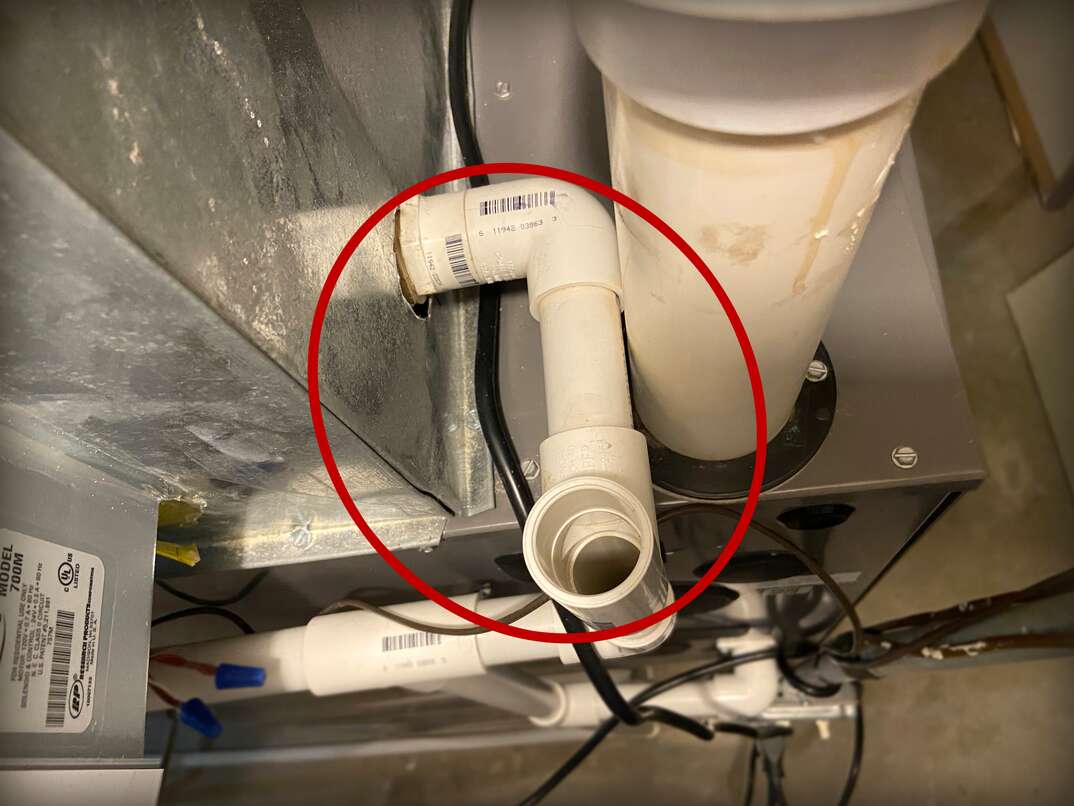
Why Is My AC Drain Line Clogged?
The condensation that AC systems collect is ... disgusting. It grows things. That's why it’s always plumbed for the sewer. Over time with use, the condensation-drainage line builds up sediments, molds and algae that eventually clog the line.
How Can I Tell If My AC Drain Line Is Clogged?
Observation is key. Take a walk around the outside of your home and look for pipes coming through your roof soffit above, or coming through an exterior wall and pointing down to another pipe, with a gap between the two.
If you see the latter, a pipe angling down to another pipe, you likely have a vertical-closet-model AC unit, and this pipe-over-pipe setup is your main condensation-drainage line to the sewer. When your AC is running, you should be able to see a steady stream of water running, which indicates that all is well. However, if the AC is running and nothing is coming out, you likely have a clog.
If you see a pipe or two exiting the roof soffit above, your AC unit is commonly in the attic, and this pipe is your backup condensation drain. When you see water running out of this line, you likely have a clog in the main drain line and need to take action. If you look in the attic and see water standing in — or worse, overflowing from — the pan underneath the unit, you likely have a clog in the primary drain line and need to address the problem.
Can I Prevent Condensation Line Clogs?
Yes, you can. There’s no shame in getting professional help when you need it, but the good news is: This job falls well within the DIYer wheelhouse. All primary AC condensation drain lines should have an extension or access point for flushing the line. Once you locate the access point, it’s a simple process of regularly flushing the line. You can pour in a cup of a flushing solution, such as:
- Hot water
- Distilled vinegar
- Bleach
- Drain line cleaner
Save Money on Repairs
Regular flushing of your primary AC condensation drain line will ultimately save you money on repairs. When the primary drain line clogs, the overflow gets into the house and can cause water damage. Depending on how much you use your AC system each year as well as your history of drain line clogs, you should schedule regular drain line flushing one to three times per season.
This is also a convenient way to regularly inspect your HVAC system in order to help you cut down on surprise malfunctions. Keep the system running efficiently with ongoing maintenance and filter changes.
Sometimes our home systems surprise us with the need for repairs. Give yourself peace of mind with a policy from HomeServe, which covers things that homeowners insurance does not. And 24/7 access to highly trained, professional, local technicians is a benefit, too. See if there’s a HomeServe program that’s right for you.
